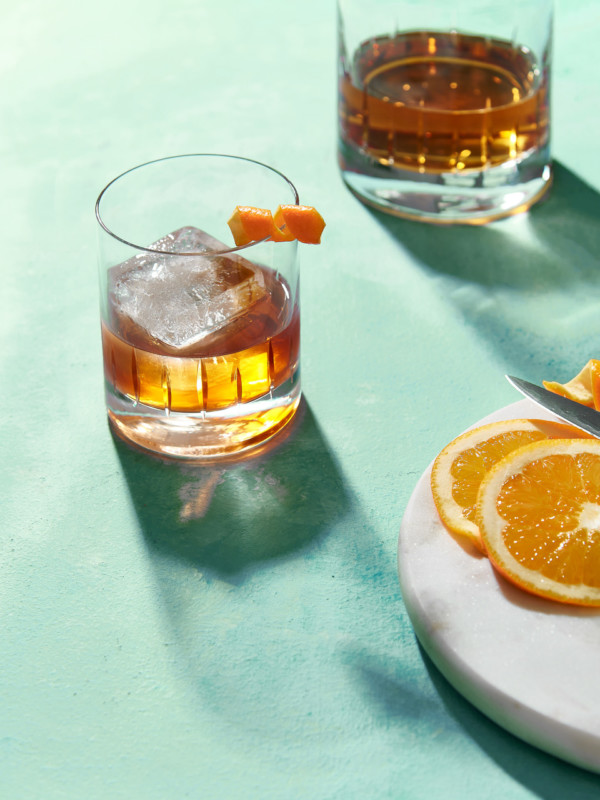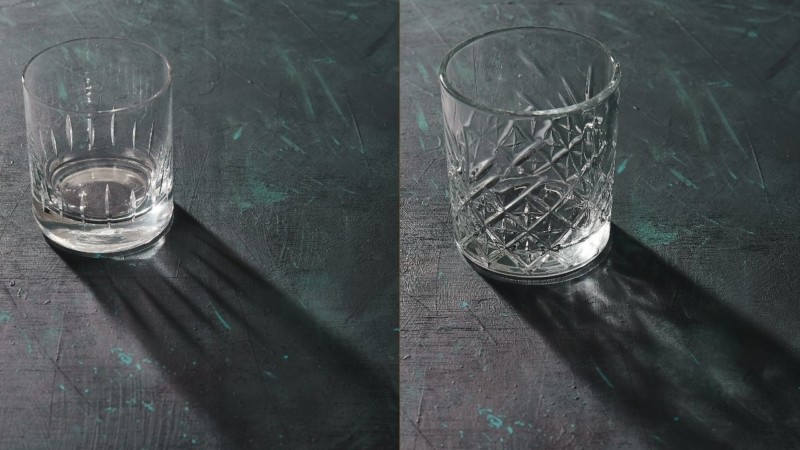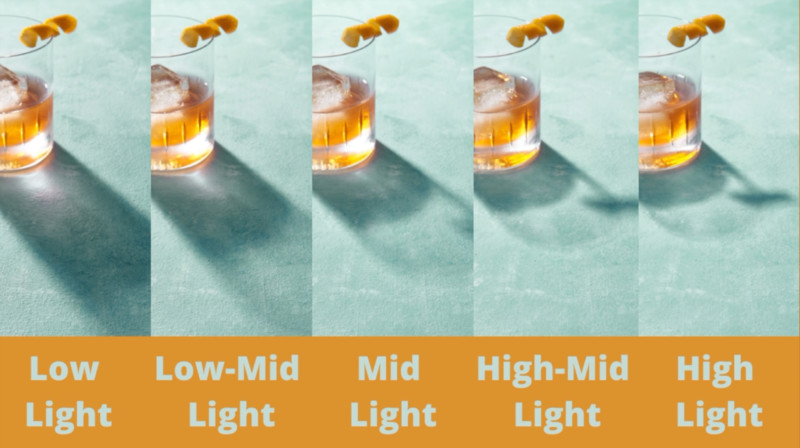We all love soft light because it adds that dreaminess to food and drink photos that will always be great. However, recently I have been seeing more people use hard light in their food and drink photography.
If you want to jump on this hard light bandwagon I have put together a few tips for creating hard light, and examples to show you how the light can affect your images. I would definitely recommend giving hard light a try because it’s always useful to have some diversity in your portfolio when it comes to lighting.

If you would like to have more of an idea when looking at other’s work if they are using hard or soft light, look at the shadows they create. Hard light will create harsh, defined shadows and soft light will create softer shadows with more of a gradient.
The first thing we need to create hard light photography is, without sounding too obvious, some hard light. If you use artificial light, like flash strobes or continuous lights, you’re going to want a hard reflector or the light’s bare bulb.

Unlike our much-loved softboxes, these won’t have any layer of diffusion over them. The diffusion in softboxes helps soften the light, so undiffused light will be harder and harsher. Hard reflectors are usually a lot smaller than softboxes and come in many sizes. The smaller the light source is, the harder the light will be. If you’re using natural light, you will have to depend on the sun and weather. That’s not great for me since I live in the United Kingdom. For hard light photography in natural light, you will need a cloudless sky, and a window with direct sunlight. On a cloudy day, the clouds act as a diffuser for the sun turning the sky into a giant softbox so you will have to wait until those clouds pass for the hard light.
The shadows in the hard light images can become really interesting and I think this is one of the reasons they are becoming more popular at the moment. This is especially true with drinks photography because the glasses can create some really interesting shadows and reflections with the light. Test out a few of your glasses to see how the patterns on them change the shadows and reflections.

Other things that can affect the shadows in hard light photography are the angle and height of the light. The angle your light is at is going to affect the direction of the shadow, this is the same with soft light photography but it may be more important to remember as the shadows with this style of photography tend to be darker and longer, which is going to be important to remember when thinking about composition in the image.

You are not going to want a long dark shadow going through your main subject, this would be quite distracting. To change this with natural light you’re going to have to move yourself and your subject as you can’t move the sun around.
The height of the light is going to affect the length of the shadows. The lower the light, the longer the shadow and the higher the light, the shorter your shadow.

By changing both the angle and height of your light you can manipulate these interesting shadows to fall over your image in the right position for your image and composition. There are no right or wrong combinations of these, it’s just best to figure out what works best for the image you’re creating.
Other small changes can also affect your image so it’s always a good idea to experiment in different ways you can manipulate the light. For more information on hard light photography, check out this video. Or for more tips on food and drink photography, check out my YouTube Channel.
About the author: Amie Prescott is a professional photographer, and food photography combines two of her favorite things: food and photography. Prescott put a good spin on lockdown by using the bad situation to create YouTube videos in an effort to help people looking to learn food photography.